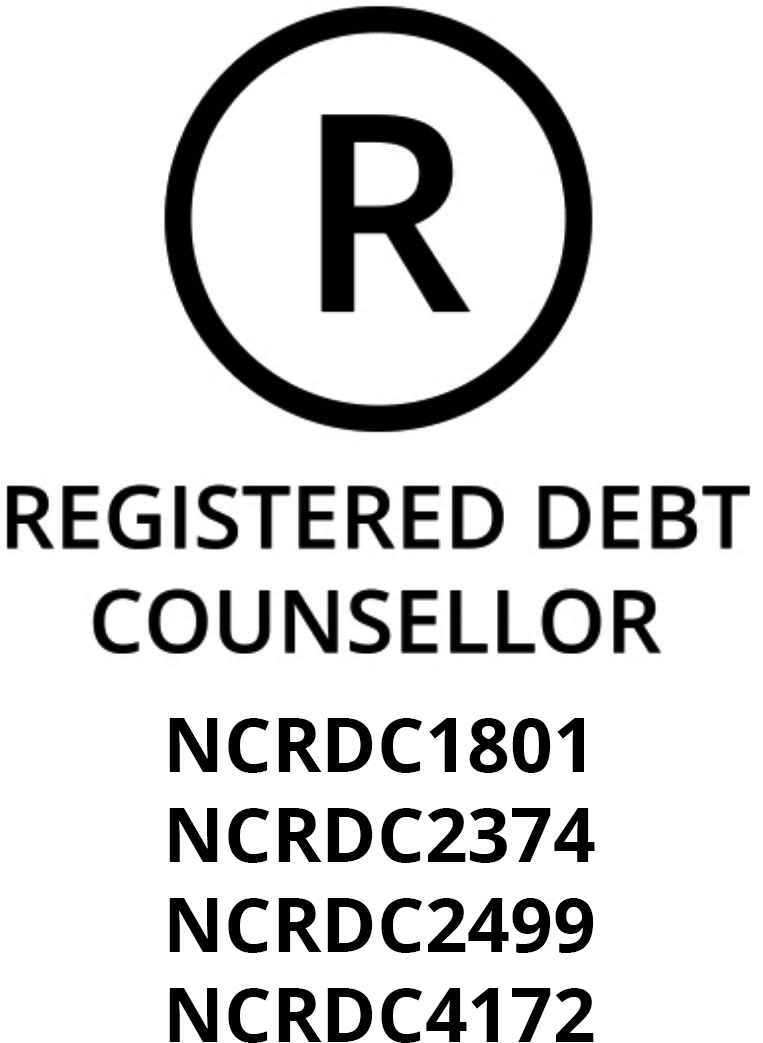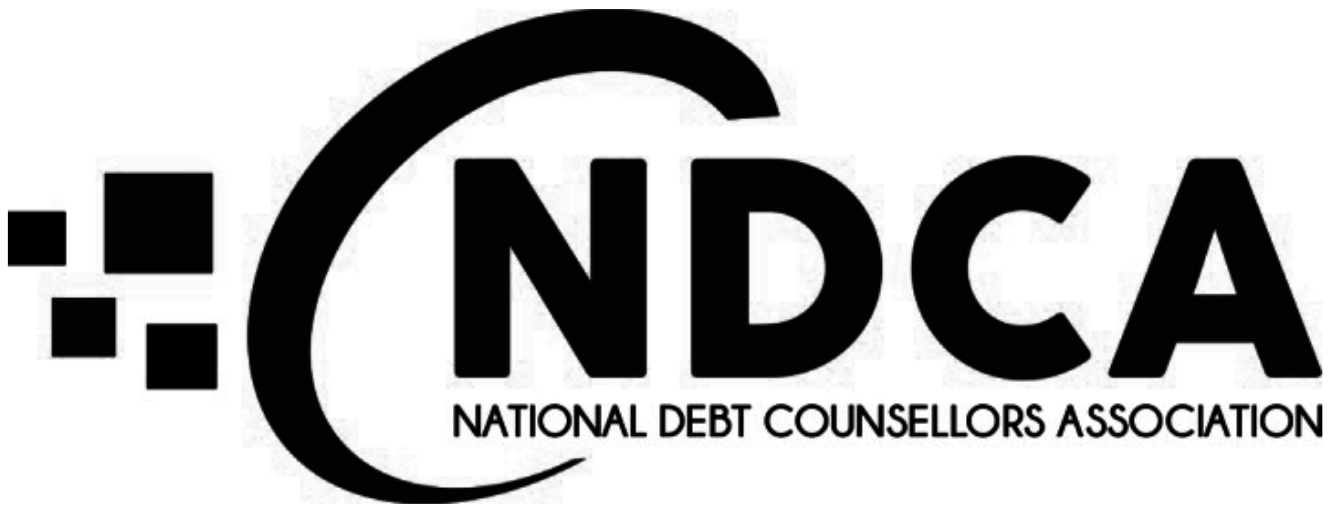What is the difference between a Section 129 letter and a Letter of Demand?
The differences between the Section 129 letter and the Letter of Demand
If you have ever defaulted on your credit agreement, you will have received a written notice from your creditors reminding you of your outstanding debt and outlining the actions you should take to remedy the situation.
This notice is often referred to as a Section 129 letter or a Letter of Demand.
Although both terms are used interchangeably, they have distinct differences.
The main difference between a Section 129 letter and a Letter of Demand lies in the legal framework and context in which they are used.
The Section 129 Letter falls under the National Credit Act of 2005, and is specifically used for debt collection. Creditors issue the letter to inform you that you have missed your payments. The letter further outlines your rights and responsibilities according to the Act.
In contrast, a Letter of Demand has its roots in Common Law before 2005. Unlike a Section 129 letter, which is primarily associated with debt collection, a Letter of Demand has broader applications in various legal matters. It can be used to prompt action from a defaulting consumer or a party that has breached an agreement.
For example, if you purchased goods that do not meet the expected standard from a supplier, you can send them a Letter of Demand seeking reimbursement or an exchange. Similarly, if a contractor fails to provide agreed-upon services, you can use a Letter of Demand to claim compensation.
Essentially, a Letter of Demand serves as a formal request to rectify a situation and resolve disputes in a non-debt-related context.
The table outlines the key differences between a Section 129 notice and a Letter of Demand
|
SECTION 129 |
LETTER OF DEMAND |
|
It is derived from The National Credit Act 2005. |
It is derived from the Companies Act of 1973. |
|
It introduces time frames into the default recovery process i.e., 20 business days in default, and 10 business days should elapse before enforcing the rights of the credit provider. |
It has no standard time frames, but relies on the terms and conditions provided in the credit agreement. |
|
It seeks to protect and educate the consumer about their rights and possible remedies to prevent further legal action. |
It seeks to protect the credit provider from loss under a credit agreement. |
|
Standard process and format, which saves time by giving time frames to be adhered to in the notice process that can be verified in a court of law. |
It requires the court to revisit the specific agreement to ascertain whether the credit provider’s claims are reasonable and fair. |
|
It must indicate that the letter serves as “notice in terms of Section 129” |
What is the purpose of the Letter of Demand?
A Letter of Demand serves as a formal request for repayment of the debt you owe your creditor. It outlines the details of the debt, the amount owed, and a deadline for repayment.
Failure to comply with the demands outlined in the letter may result in further legal action being taken against you.
When will you receive a Section 129 Letter or Letter of Demand?
According to the NCA, if one or more of your accounts has been in arrears for more than 20 days, your creditor may issue a notice to which you need to respond within 10 days. Failure to respond within that time frame gives your creditor the right to take legal action against you.
Need debt counselling or consolidation?
Explore DebtBusters' solutions for reducing your interest rates and unlocking cash.
Find out moreWhat is specific to a Section 129 letter?
The details included in a Section 129 letter typically consist of the following:
1. The name and contact details of the creditor
2. A statement indicating that the letter serves as “notice in terms of Section 129”
3. Your name, ID number, and contact details, including your physical address
4. Details of the credit agreement in question, including the amount owed and the payment terms
5. Specific information on your default, such as missed payments or failure to adhere to the terms of the agreement
6. The amount of time (usually 10 days) that you have to remedy the situation before action is taken.
7. Options available to the debtor to remedy the default, such as making payment arrangements or entering into debt counselling
8. The consequences of not addressing the default, such as legal action being taken against the debtor
It is important for you to carefully review the details provided in the Section 129 letter and take appropriate action to address your default to avoid further legal consequences.
READ MORE: https://www.debtbusters.co.za/faqs/what-is-a-section-129-notice/
What is specific to a Letter of Demand?
The Letter of Demand should contain the purpose of the letter and the consequences of not complying with the demands thereof. The letter should include the following details:
1. The name and contact information of the sender
2. The recipient’s name and contact information
3. Reference to any previous communication or agreements related to the matter
4. The specific details of the demand, including the amount of money owed, the deadline for payment, and any consequences for non-compliance
The letter should be written in a professional tone and avoid any aggressive language. It should also provide clear instructions on how the recipient can make payment or resolve the issue. A deadline for response should be included.
The letter should be sent by registered mail or email for evidence.
How long does one have to respond to a Section 129 letter?
Once a Section 129 letter has been sent, you have 10 days to respond. Upon receipt of the letter, you must acknowledge the debt and make an arrangement to settle your debt. You can settle your debt within a set time frame, or you can negotiate a new payment arrangement with your credit provider.
What happens if one ignores a Section 129 letter?
A Section 129 letter serves as a crucial warning before legal action is taken by your creditor to recover the debt you owe. It is essential to respond promptly to this letter within 10 days. Failure to do so may result in your creditor pursuing legal action, which can have serious consequences.
If you neglect to respond to a Section 129 letter within the specified time frame, your creditor has the right to initiate legal proceedings against you. The next step may involve the sheriff of the court visiting you to serve you with a summons, indicating that legal action is being pursued.
If you fail to respond to the summons within 10 days, your credit provider can seek a default judgement against you. This means that, if you do not present a defence, the court will issue a judgement in favour of your creditor by default.
Not only may you be required to repay the debt, but you could also be held accountable for additional costs, including debt collection expenses and sheriff's fees. Additionally, your debt may accrue extra interest, and your credit score may suffer as a result.
What should you do when receiving a Letter of Demand and Section 129 letters?
When you receive a letter of demand or a Section 129 letter regarding your debt, it is important to take immediate action to address the issue. Here are some steps you should consider taking:
1. Review the letter carefully: Make sure to read the letter of demand thoroughly to understand the specifics of the debt that is being demanded.
2. Contact your financial adviser: Reach out to your financial adviser to discuss the situation and seek guidance on how to handle the Letter of Demand. This may be your last chance to reach out to a debt counsellor, too.
3. Respond promptly: It is crucial to respond to the Letter of Demand promptly. Ignoring or delaying a response could lead to consequences.
4. Negotiate a repayment plan: Consider negotiating a repayment plan with your creditor to address the debt that is being demanded. Your debt counsellor can assist you in negotiating a plan that is manageable for your financial situation.
5. Seek legal advice: If you are unsure about how to proceed, or if there are legal implications involved, it may be beneficial to seek advice from a legal professional.
6. Keep records: Be sure to keep a record of all communication and correspondence related to the Letter of Demand, as this may be helpful if further action is taken in the future.
By working closely with your debt counsellor and taking proactive steps, you can effectively manage the situation and work towards paying off the debt.
How can DebtBusters help?
If you are unsure about how to respond to a Letter of Demand or a Section 129 notice, DebtBusters can communicate with your creditor on your behalf. We can provide guidance on your rights and options, ensuring that you understand the steps you can take to address the situation effectively.
Furthermore, we can negotiate with your creditors to establish a manageable repayment plan. This can help ease your financial burden, ensuring that you regain control of your finances and eventually become debt-free.
Feel free to contact us on 086 999 0606, or request a FREE call-back.





